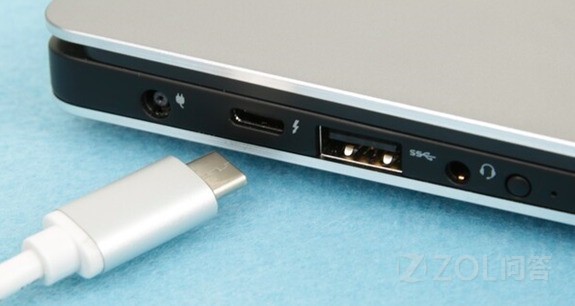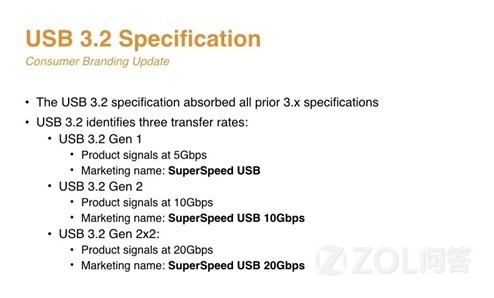As probably the most popular interface standard on this planet, USB was once very clear in terms of version division.
However, after entering the USB 3.x era, the standard-setting organization USB-IF, for some unknown reason, made a mess of the version naming, and it became more and more chaotic!
Perhaps you still remember that USB 0.9/1.0/1.1 versions all had an alias of Full Speed, and USB 2.0 version was also called High Speed.
But ordinary people rarely use such troublesome and difficult-to-understand English names. Just referring to the version number was fine.
Eight and a half years after the birth of USB 2.0, in January 2008, USB 3.0 was officially released.
The transmission speed increased significantly from 480Mbps to 5Gbps, bringing a new leap.
At the same time, it also got a new name, SuperSpeed. This was fine.
In July 2013, USB 3.1 was released, with the speed doubling to 10Gbps.
It was very good and powerful. But at this time, USB-IF started to be mischievous. Soon, USB 3.0 was renamed USB 3.1 Gen 1, and the new USB 3.1 was called USB 3.1 Gen 2.
Now the new interfaces on motherboards and laptops are all called like this. Users who are not very familiar with it can easily get confused.
Do you think this is the end? Something even more chaotic is coming!

In September 2017, USB 3.2 came again. Although the version number still didn‘t change much, the speed doubled again to 20Gbps, which has caught up with Thunderbolt 2 and reached half of Thunderbolt 3. It‘s very aggressive.
Now, USB-IF is going to mess around again. According to the newly released specification, the version names of USB 3.0 and USB 3.1 will completely disappear and be uniformly classified into the USB 3.2 sequence. The three are renamed as USB 3.2 Gen 1, USB 3.2 Gen 2, and USB 3.2 Gen 2x2 respectively.
They also each have a marketing name, namely SuperSpeed USB, SuperSpeed USB 10Gbps, and SuperSpeed USB 20Gbps.
The reason for coming up with a name like USB 3.2 Gen2x2 is probably because it uses all the pins at both the upper and lower ends of the USB Type-C interface, enabling the speed to double.
However, such naming is really beyond comment!

The differences between various USB versions and their naming conventions have evolved over time to reflect improvements in speed, power delivery, and other features. Here‘s a brief overview:
1. **USB 1.0/1.1**: The original USB standard, introduced in the mid-1990s, offered a maximum data transfer rate of 12Mbps (USB 1.0) and later 12Mbps with better error handling (USB 1.1).
2. **USB 2.0**: Launched in 2000, USB 2.0 increased the data transfer rate to 480Mbps and introduced the "High-Speed" designation.
3. **USB 3.0**: Introduced in 2008, USB 3.0 brought a significant speed increase to 5Gbps with the "SuperSpeed" moniker. It also introduced a new connector type and cable design to support the higher data rates.
4. **USB 3.1**: Announced in 2013, USB 3.1 nearly doubled the data transfer rate of USB 3.0 to 10Gbps. It also introduced the "SuperSpeed+" designation.
5. **USB 3.2**: Introduced in 2017, USB 3.2 is based on USB 3.1 but can utilize both data lanes for 20Gbps transfer rates when using USB Type-C cables and connectors.
6. **USB4**: Launched in 2019, USB4 is based on the Thunderbolt 3 protocol, offering data transfer rates up to 40Gbps. It supports various video outputs, including 4K and 8K, and can charge devices with up to 100W of power.
7. **USB Type-C**: This is a connector type, not a version, that supports USB standards from USB 2.0 to USB4. It is reversible and can support higher power delivery and faster data transfer rates than older connector types.
Naming conventions can sometimes be confusing due to marketing and versioning choices by the USB Implementers Forum (USB-IF). For example, "USB 3.1 Gen 2" refers to the second generation of USB 3.1 with the original 10Gbps speed, while "USB 3.1 Gen 1" is essentially USB 3.0 with a 5Gbps speed.
It‘s important to note that the naming conventions and version numbers do not always correlate directly with the physical appearance of the USB connector, as many USB standards are backward compatible with previous connector types.






